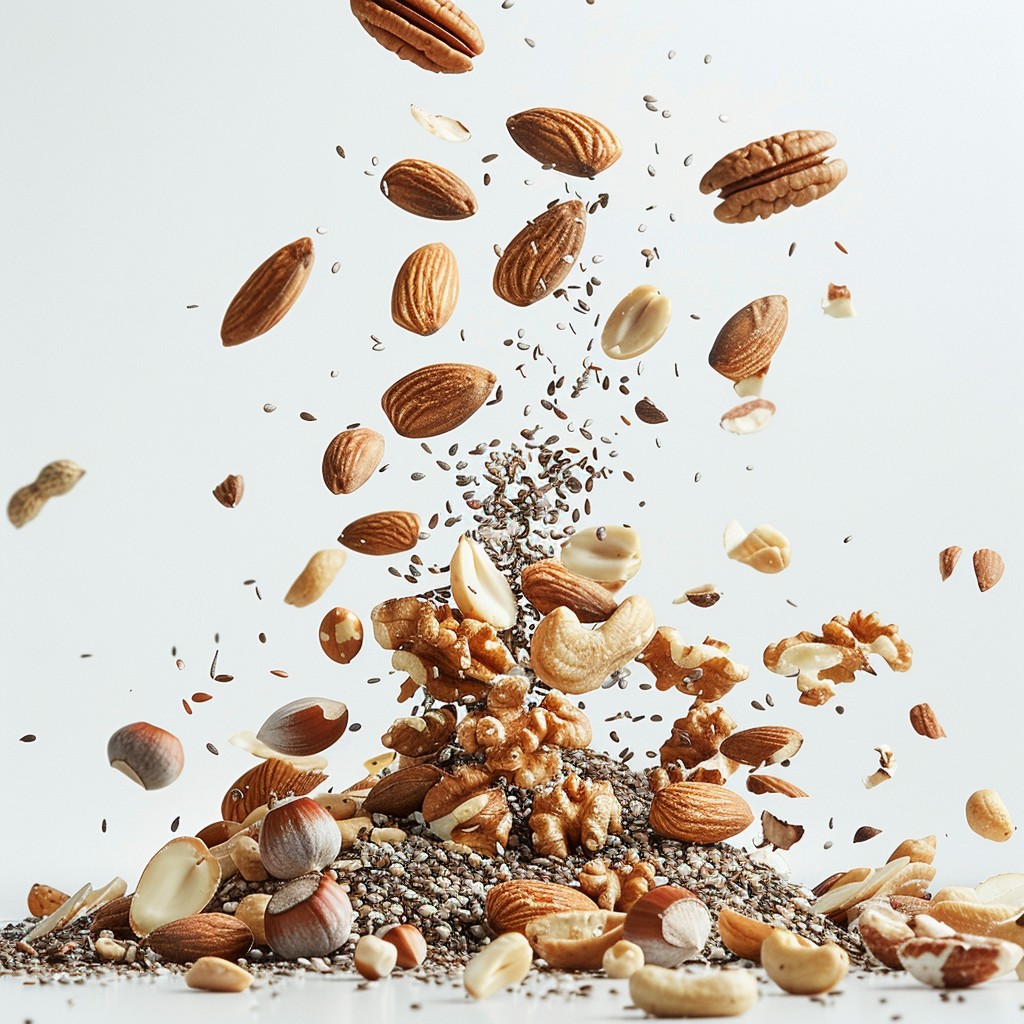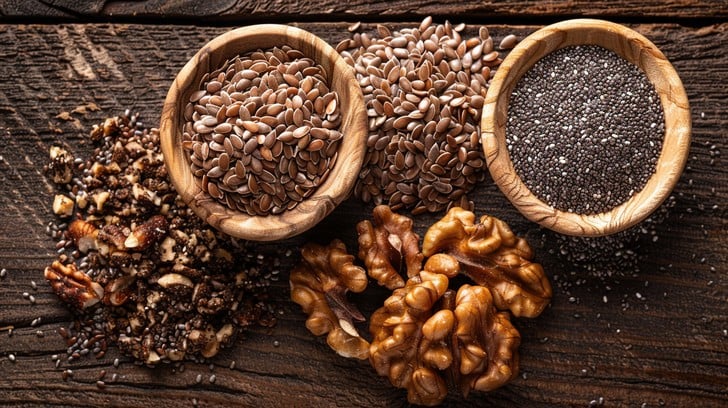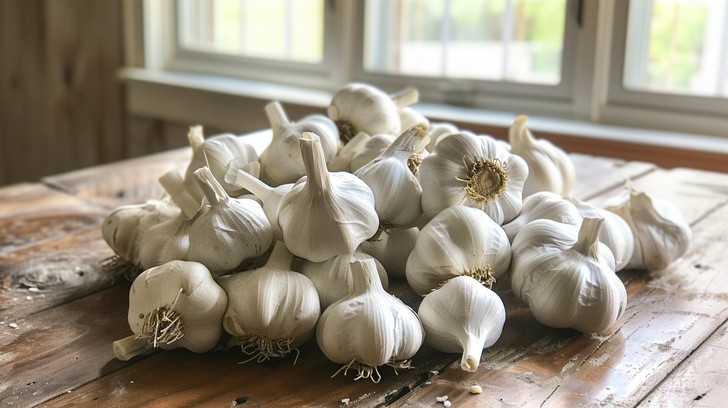What is Vata Pitta Kapha Doshas
Ayurveda, the ancient Indian system of medicine, believes that every individual is made up of three doshas—Vata, Pitta, and Kapha. These doshas represent different energies in the body, and keeping them balanced is key to maintaining good health. When our doshas are in balance, we feel vibrant and healthy; when they are out of balance, we may experience discomfort or illness.
In this blog, we will explore how you can balance your doshas using a combination of yoga and Ayurvedic practices.
Understanding the Vata Pitta Kapha Doshas
- Vata Dosha: Associated with air and space, Vata governs movement, including breathing, circulation, and nerve impulses. When balanced, Vata brings creativity and flexibility. When imbalanced, it can cause anxiety, dryness, and irregular digestion.
- Pitta Dosha: Associated with fire and water, Pitta controls metabolism, digestion, and body temperature. A balanced Pitta results in intelligence and determination. Imbalance can lead to anger, inflammation, and digestive issues.
- Kapha Dosha: Associated with earth and water, Kapha provides structure, stability, and lubrication to the body. When balanced, Kapha brings calmness and strength. When out of balance, it can cause weight gain, lethargy, and congestion.
How Yoga Helps in Balancing Vata Pitta Kapha Doshas
Yoga, with its combination of physical postures, breathing exercises, and meditation, is a powerful tool for balancing the doshas. Different yoga practices can help balance each dosha:
- Balancing Vata Dosha:
- Yoga Poses: Focus on grounding and calming poses like Tree Pose (Vrikshasana), Child’s Pose (Balasana), and Forward Fold (Uttanasana).
- Breathing Techniques: Practice slow and deep breathing exercises like Alternate Nostril Breathing (Nadi Shodhana) to calm the mind.
- Lifestyle Tips: Keep a regular routine, eat warm and nourishing foods, and avoid overstimulation.
- Balancing Pitta Dosha:
- Yoga Poses: Cooling and soothing poses like Cat-Cow Pose (Marjaryasana-Bitilasana), Cobra Pose (Bhujangasana), and Seated Forward Bend (Paschimottanasana) are ideal.
- Breathing Techniques: Practice Sheetali Pranayama (Cooling Breath) to reduce heat in the body.
- Lifestyle Tips: Avoid spicy foods, stay cool, and practice moderation in all activities.
- Balancing Kapha Dosha:
- Yoga Poses: Energizing and stimulating poses like Sun Salutations (Surya Namaskar), Warrior Pose (Virabhadrasana), and Bridge Pose (Setu Bandhasana) work well.
- Breathing Techniques: Practice Bhastrika Pranayama (Bellows Breath) to increase energy and clear congestion.
- Lifestyle Tips: Keep active, eat light and warm foods, and avoid oversleeping.
Ayurvedic Practices to Balance Vata Pitta Kapha Doshas
In addition to yoga, following Ayurvedic practices can further help in maintaining dosha balance:
- Diet:
- Vata: Eat warm, moist, and grounding foods like cooked grains, root vegetables, and soups.
- Pitta: Include cooling, hydrating foods like cucumbers, melons, and leafy greens.
- Kapha: Favor light, dry, and warming foods like beans, lentils, and spices like ginger and turmeric.
- Daily Routine (Dinacharya):
- Establish a consistent daily routine that includes waking up early, practicing yoga, and eating meals at regular times.
- Incorporate self-care practices like oil massage (Abhyanga) to balance your doshas.
- Herbs and Supplements:
- Use Ayurvedic herbs like Ashwagandha for Vata, Neem for Pitta, and Trikatu for Kapha to support balance.
- Consult an Ayurvedic practitioner for personalized advice.
- Mindful Living:
- Practice mindfulness in your daily activities, stay connected to nature, and avoid stress.
- Meditation and spending time in nature can help restore balance to all three doshas.
Conclusion
Balancing your doshas through yoga and Ayurvedic practices can lead to a healthier, more harmonious life. By understanding your unique dosha constitution and making conscious lifestyle choices, you can maintain balance and prevent illness. Remember, the key to Ayurveda is not just treatment but living in harmony with your body’s natural rhythms. Embrace these practices, and you’ll find yourself feeling more grounded, peaceful, and vibrant every day.







